The Kingdom of Haradel
“Finally! The barbarians have brought enough of their scum to allow us to work up a sweat.” – Count of Bretan to an Apprentice Knight at the Battle of Spider PassHaradel's Royal Arms are comprised of a gold upraised right hand (palm facing viewer) on sky blue field. The hand is the Right Hand of Vidunar, which is said to have come down from the sky and touched Krendar, anointing him King.
Structure
Haradel is an absolute monarchy, a feudal society ruled by a line of hereditary kings who enjoy the privilege of divine right to rule.
The King is Head of State and Commander-in-chief and rules from Hercourt.
A Warden rules a ward from a city.
The Counts are military nobility owning the castles that defend Haradel’s long borders.
In 1008, Mundar III is King of Haradel and the right hand of Vidunar.
History
Haradel was the last major grouping of Faeler tribes to organize into a single country, forming a kingdom in 285. These tribes, predominantly clans from the Bear, Boar, Stag, Falcon and Lion, were part of the same southward migration that formed Falkaar and Thormenal. The tribes within what is now Haradel retained their individuality and focus on their totem. Slower than their Falkaaran neighbors to civilize, they retained a more martial philosophy and outlook. Unfortunately geography would dictate the need to bind together and seek the advantages of military and political unity. Wars and battles raged across the land between the Inner Sea and the Bar Mahn, with confederations and alliances forming and reforming in an ever-shifting pattern. Old tribal grievances from the north persisted and the only thing the tribes of Haradel ever agreed on was picking a fight with a neighbor. After the southern Haradelan tribes were severely beaten during a war with Koronna, their Faeler brethren within Falkaar and Thormenal began to look enviously at the fertile central lands of Haradel. The chieftains knew they needed to act together, but lacked a leader who could unite the tribes.
The leaders of each of the tribes came together in what is now the forests surrounding Hercourt to resolve the issue of who would lead the tribes against their common foes. The champions of the Boar, Stag, Bear, and others fought from sunrise until night fell. As the moons rose only Krendar, the leader of the Lion tribe, remained standing. He went to each of the other champions where they lay fallen, and as each of them accepted his leadership their wounds healed and a glow began to emanate from Krendar. As the last champion swore allegiance and stood, the glow of Krendar was blinding. All who were present say they heard Vidunar that night proclaim Krendar his chosen and the Haradelans his people.
Haradelans today are still the definition of a proud warrior people. No slight of honor goes unnoticed and the nobility lives in constant danger of falling back into tribal squabbling.
Demography and Population
Mating Rituals and Customs.
Haradelan marriages are typically arranged by the couple’s parents and agreed to between the two families while the two children are still very young. Haradelan men are expected to prove themselves worthy of their bride be she a knight herself or a simple maid. The Father of the bride or the bride herself will give the young knight a quest to prove his love and his ability to defend her and their future property.
Arranged marriages extend to even the common folk, but are agreed to later in life when the young people are of an age to marry. Matchmakers take groups of teenage girls on wagon trips to surrounding villages during the harvest season for their celebrations. These older men and women watch how the girls are received at each village and talk to the matchmakers of the village. If a potential good pairing is predicted the parents of the two families will then be involved.
Common and noble are as separate as cats and dogs. On rare occasions a commoner may be elevated to knighthood, and his children begin the climb among nobility, but in these cases it is viewed that Vidunar had his hand in the matter.
Entertainment.
As is expected of a country who values physical prowess and to whom military service is inevitable, most physical activities are directly related to fighting and use of weapons. The nobility not only test themselves in tournaments but go to great lengths to make the events spectacles for all including the peasants to celebrate. Tournaments include individual hand-to-hand combat, one-on-one jousts, and the grand melee. The first two allow the apprentice and younger knights to demonstrate their skills to their superiors and abilities to the ladies. The Grand Melee allows junior leaders from various counties and wards to represent their area and skills as a team. This event typically makes up the entire last day of a tourney and ends with an award ceremony.
The tournament includes events for the commoners, specifically archery and spear throwing. A week long tournament will expand to include many stalls selling weapons, leather goods and other items of worth not found in a common village’s market.
Haradelan indoor activities include two of note; storytelling and dance. Storytelling extends back to the origins of the Haradelan’s ancestral tribes of the Urdaggar and noble families have members that remember stories passed down from those days. Even though most nobles can write, the art of storytelling and memorizing family history is taught to everyone. Dancing is seen as important for the ability to conduct coordinated movement with a partner and as part of a group. The ladies of the household often develop new dances in order to test the dexterity and flexibility of their men. What is valued by this society? Hardelans value honor above all else: personal honor, family honor, honor of their county, ward, and country. A Haradelan man or woman will not rest if they feel they have been dishonored. Families will pass down from one generation to the next knowledge of wrongs done to them and theirs. A Haradelan’s view of honor results in their distrust of most Thormenalans, as they view them as placing money and wealth before honor. Physical prowess is also highly prized among Haradelans often resulting in the weak or sickly being viewed as punished by Vidunar. Families will find places for these people out of everyday sight or they will often emigrate to Thormenal or Falkaar when they reach their maturity.
The tournament includes events for the commoners, specifically archery and spear throwing. A week long tournament will expand to include many stalls selling weapons, leather goods and other items of worth not found in a common village’s market.
Haradelan indoor activities include two of note; storytelling and dance. Storytelling extends back to the origins of the Haradelan’s ancestral tribes of the Urdaggar and noble families have members that remember stories passed down from those days. Even though most nobles can write, the art of storytelling and memorizing family history is taught to everyone. Dancing is seen as important for the ability to conduct coordinated movement with a partner and as part of a group. The ladies of the household often develop new dances in order to test the dexterity and flexibility of their men. What is valued by this society? Hardelans value honor above all else: personal honor, family honor, honor of their county, ward, and country. A Haradelan man or woman will not rest if they feel they have been dishonored. Families will pass down from one generation to the next knowledge of wrongs done to them and theirs. A Haradelan’s view of honor results in their distrust of most Thormenalans, as they view them as placing money and wealth before honor. Physical prowess is also highly prized among Haradelans often resulting in the weak or sickly being viewed as punished by Vidunar. Families will find places for these people out of everyday sight or they will often emigrate to Thormenal or Falkaar when they reach their maturity.
Territories
HARADELAN COUNTIES, WARDS AND HERALDRY
All Haradelans trace their family’s lineage back to the Urdaggar tribes which migrated
from the north and occupied or conquered the land which is present day Haradel. The
leaders of each tribe typically became the Counts, Wards and Kings of Haradel. Each
tribe’s junior leaders and warrior became subordinate knights within those wards and
counties. These subordinate knights built their heraldry incorporating their leader’s
heraldry, their former tribe’s symbols and symbols that commemorate feats of their
family’s victories in Haradel. A universal symbol within Haradelan heraldry is the Lamp,
a symbol of truth or the search for truth, which is the purview of the goddess Aliea.
Questing Knights and High Questors will often forsake their family’s heraldry and use
the lamp to show everyone they are on a quest.
HERCOURT
Hercourt is a Ward and the Royal Seat of Haradel. The King has the additional
responsibility as Warden with both Bretan and Selkran counties within the ward. The
King often transfers the title of Warden of the North to the crown prince once he is of
age. The area was originally settled by the Lion Tribe, who became Lion Knights. Their
primary weapon is the two-handed great sword. They worship Vidunar.
Heraldry - Golden palm on sky blue field. It is said the hand of Vidunar reached down
and delivered Haradel’s first king to his people.
BRETAN
Bretan is a county. The count of Bretan is often referred to as the Shield of the
North. The people of Bretan were among the last of the northern tribes to settle in
Haradel. The settlers were predominantly members of the Bear Tribe and still whisper
prayers to the “tooth and claws”. Glareyn is fiercely worshiped in the north by the knights that hold back the Urdaggar every day. High Questors ofGlareyn are more often referred to as Great Bears, sent out on missions by the Old
Bear of the Mountains (Dorsang Danar) the Count of Bretan. Questing Knights of
Glareyn or "Walking Bears" are sent out to walk the trails of Bretan guarding all of her
people, but to return to the Keep when Haradel is threatened. Collectively these warriors are known as The Bears of Bretan.
Heraldry – White chevron on a blue field representing the mountains of the Dorsang
Danar, blue is the sky above and the Fel Orm below. Two black axes facing inward
represent the traditional weapons of the Bear tribe.
SELKRAN
Selkran is a County. Its seat, Starhold, is built into the side of a mountain of the Bar Mahn. The
Falcon tribe made up the majority of its original Faeler settlers and Tahnar is still the
patron god within the county. There is an ancient Trilian observatory on the top of
the mountain above the Castle. Starhold is key to Haradel's defenses. It secures the Layn Kirin, the
pass between the Bar Mahn and Dorsang Danar. This broad gap is an historical
battlefield, often fought over by Haradel, Trilias and Varkraal. Haradel won the last
major battle, capturing the mountain and observatory. Haradel then built Starhold to defend
the entire region. Falcon Knights typically fight with longsword and shield.
Heraldry – The eight pointed star is a mixture of two four pointed Trilian stars marking
the observatory, the crimson is the blood spilled to finally secure the mountain from
Trilias.
ARSMOUTH
Arsmouth is a Ward. The Warden of Arsmouth is responsible for the defense of western Haradel, including the Inner Sea. Located on its eastern shore,
Arsmouth is in constant trade with Falkaar. Knights of the ward are a mixture of tribes
and more closely follow the human figure of their God or Goddess rather than the
totems. Due to their duties on ship the knights are lightly armored and fight with sword
or javelin.
Heraldry - Orange setting sun on sky blue over dark blue (waters of the Inner Sea)
RAMAN
Raman is a County, subordinate to the Warden in Arsmouth. Located in the
southwestern corner of Haradel, it is the gateway to the Dathglar and southern Falkaar.
The Raven Tribe settled the area, and their knights fight with lance, longsword and
shield, wearing chain and leather, rather than plate, as they patrol the southwestern
desert.
Heraldry – Red field representing the Dathglar (“plain of blood” to the west), yellow for
the gold mine upon which Raman sits, and the castle for the fortress (the Rookery) built
to guard the gold and the border.
ERLADAN
The Warden of Erladan is also referred to as the Shield of the South. The counts of
Vasilar and Dunstan are subordinate to him. The ward covers the entire southern
border of Haradel, with Koronna and Thormenal to the south and Trilias to the east.
The Boar, Stag and Wolf Tribes settled in this area.
Heraldry - Moons over the Dunrian.
VASILAR
Vasilar is a County. Most of its main city’s architecture remains Traazorite and the city itself
is more metropolitan than other cities of Haradel. The city is located near the borders of
both Trilias and Thormenal and the trade routes to the east. The Eagle Tribe settled
this area, and the transition from Traazor was peaceful compared to other regions.
Eagle Knights fight with lance, longsword and shield, and worship Ailea.
Heraldry – The Purple and gold are representative of the last Traazorite stronghold, the
hand of Vidunar triumphant over the sun of Runah, the Traazorite god.
DUNSTAN
Dunstan started as a wooden keep to protect the emigrated northern tribesmen from the
terrors of the Dunrian. As time passed the keep expanded and was reinforced. The
knights of Dunstan pray to Modo as venturing through the wood. Deep in the Dunrian
there are still places sacred to the ancient totems of the north. Stag Knights are different
than other Haradelan knights, solitary warriors who patrol the forests of Haradel
protecting the forest itself as part of their worship to Modo, as well as guarding against
the older evils deep in the Dunrian.
Heraldry - Gold and green for the leaves of the trees of the Great Forest, and the Stag
and Boar for Modo and Barek.
Military
Completely surrounded by powerful countries, Haradel is able to put a huge army in the field in short notice. The nobility forms the core of the army, a group of heavily armored knights whose charge is legendary. The two large cities of Arsmouth and Hercourt maintain a small militia that is essentially an expansion of the city watch. The army is fleshed out in wartime by a muster of poorly trained but numerous flailmen and archers. These groups of muster and militia are strengthened by foot-knights leading them in battle. The only standing force is the Patrollers, heavy cavalry who stand watch along Haradel’s long borders. The Patrollers are a mix of apprentice knights, older knights without land, and knights seeking to redeem themselves for a loss of honor
The Haradelan navy is very small, being confined to the Inner Sea and serving only to keep those waters free of pirates and to balance Falkaar’s equally small squadron in the unlikely event the two go to war.
Religion
Haradelans worship the Varanic gods. This pantheon consists of twelve gods ruled over by Vidunar, the god of war and his wife Ailea, the goddess of peace. Temples to these gods exist throughout the Faeler countries (Falkaar, Haradel and Thormenal). Haradel’s first king claimed to be placed on Faelon by Vidunar with the express purpose of forming the tribes into a more effective military unit. The legend has it that the first Haradelan King was touched by Vidunar’s right hand – thus the source of Haradel’s royal heraldry. For more information, see The Varanic Religion
Foreign Relations
Haradelan’s view each of their neighbors differently, but as a country that has fought wars on every border; they hold none of these other countries as a friend.
To their west lies Falkaar, similar in most ways save the internal workings of their shared religion. Falkaar and Haradel have contested their northern border for generations, with no end to the argument in sight.
To Haradel’s north lies the Urdaggar Tribes. These are the same tribes the Haradelans, Falkaarans and Thormenalans split off from centuries ago. Most Haradelans view them as backward savages, but some cults within Haradel still worship the old ways. Haradelans respect the barbarians for their individual prowess as warriors.
To the east lies Trilias. Most of this border is composed of a large mountain range the two realms have fought over for centuries. Today, however, things are more settled and generally the Trilians keep to themselves.
To the southeast lies the League of Thormenal, like Falkaar, another civilized Faeler nation. The two realms share guardianship over the Soremna Pass, a major choke point along a main east-west trade route. Occasionally things will flare up and one ruler or another will close the pass temporarily to achieve some political goal, but neither economy could stand this for long. Where the two have most disputes is in the mountains along the northern edge of the Takarhael, the no man's land between Thormenal and Koronna. All three vie for land and access across this ever shifting landscape.
To the south lies Koronna. Koronnan customs differ much from Haradel's, often resulting in conflict. Koronnans claim they understand honor, but their honor changes as often as the wind, from the Haradelan perspective. A Haradelan understands honor is steadfast and unchanging. A Koronnan’s way of fighting is similar to his views of life, once you think you have a Koronnan figured out, beware! He will do the thing you expect least!
Trade & Transport
Economy
Haradel’s chief exports are lumber, grain and other foodstuffs. The southern plains of Haradel constantly produce large crops of wheat, corn, and barley. The northern and central forests are second only to Trilias in size, and coastal countries pay vast sums for Haradelan long lumber to provide the keels and masts for their larger ships. Haradelan warhorses are not often exported but they are known to be given as gifts to allies and other countries’ royalty. Limited mining is conducted in the southwest and along the eastern mountains as Haradel closely guards the secrets involved with the creating of a knight’s armor.
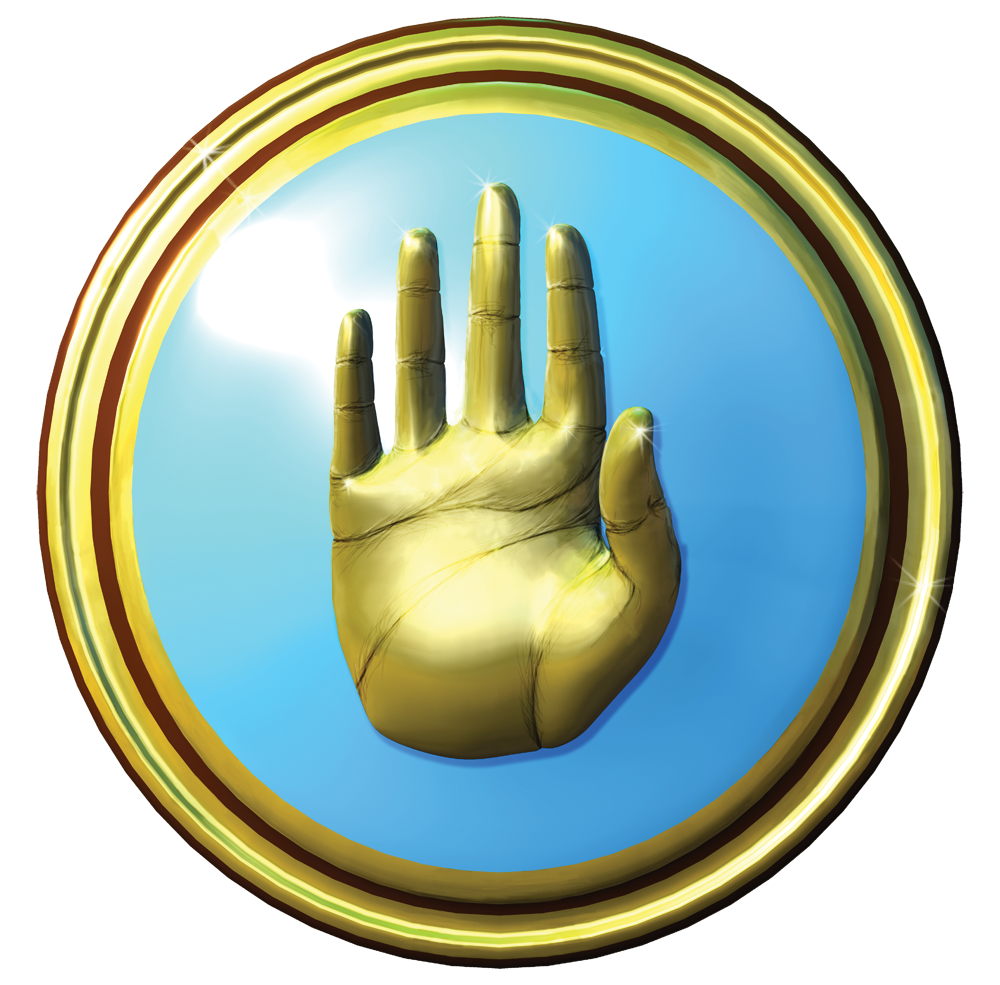
Language: Faelish
For Further Reading:
Varanic Knight Oath
Founding Date
285
Type
Geopolitical, Kingdom
Demonym
Haradelan
Leader
Head of State
Government System
Monarchy, Absolute
Power Structure
Feudal state
Currency
Haradelan currency is minted in Hercourt to be common to both Falkaar and Thormenal. Weights and sizes are kept compatible to both. A Haradelan coin contains only the symbol of the Hand of Vidunar, and never the face of man. “A man of Haradel, should worry about other things besides coin; let the men to the south worship wealth.”
Major Exports
lumber, grain and other foodstuffs
Official State Religion
Subsidiary Organizations
Location
Official Languages
Related Professions
- Apprentice Knight of Tahnar
- Apprentice Knight of Vidunar
- Faeler Swordsman
- Fist of Vidunar
- High Questor of Tahnar
- High Questor of Vasilar
- Kantor
- Knights of Barek
- Militia Spearman
- Muster Archer
- Muster Thresher
- Questing Knight of Sylvia
- Questing Knight of Tahnar
- Questing Knight of Vasilar
- Sword of Vidunar
Notable Members
Related Ethnicities

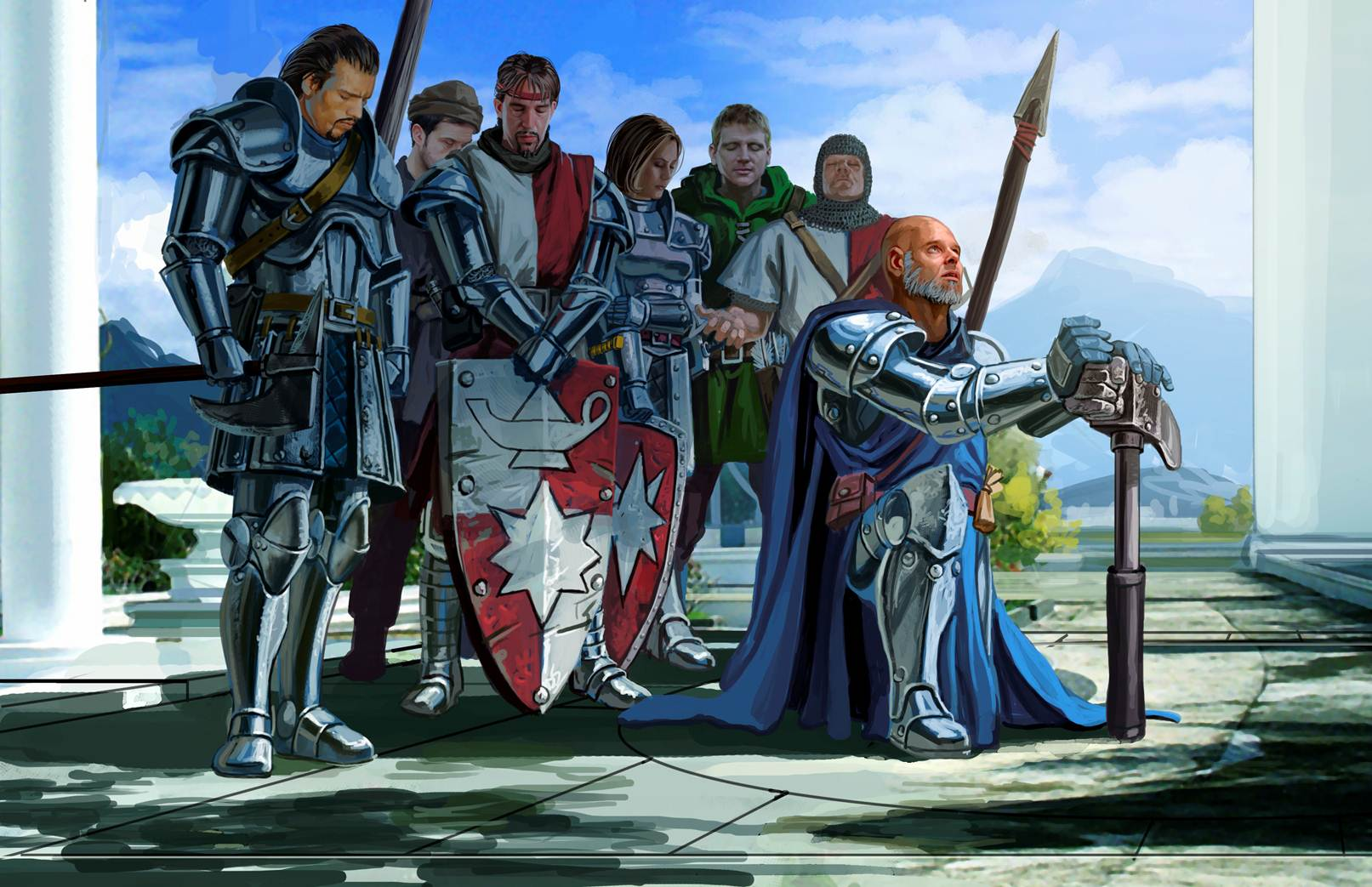

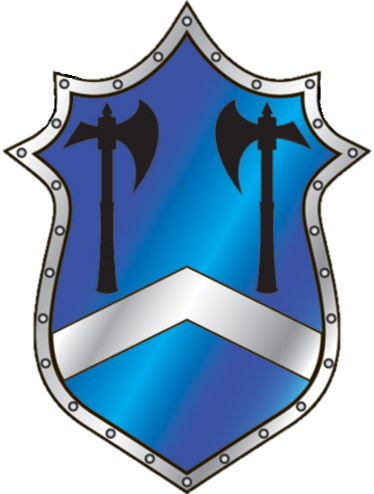
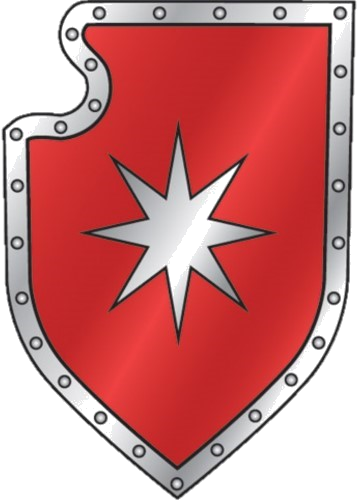
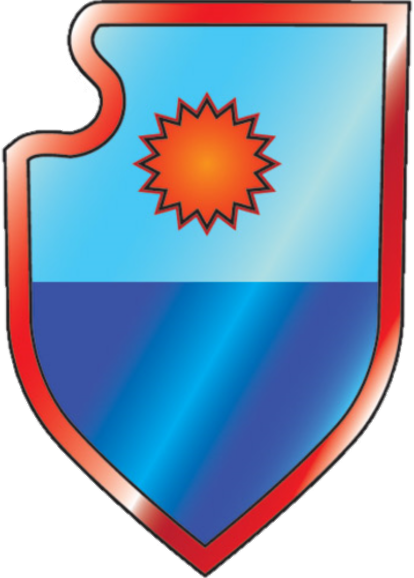
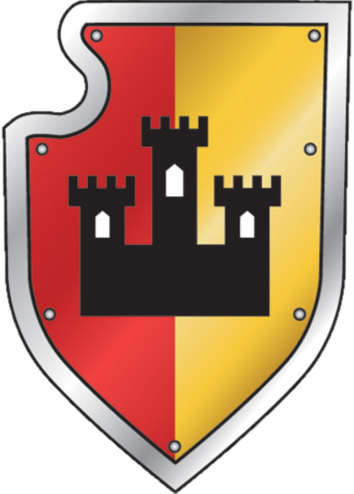


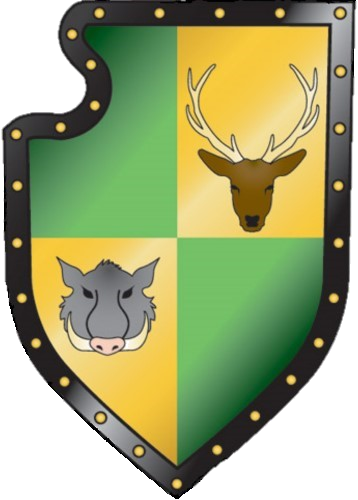


Comments